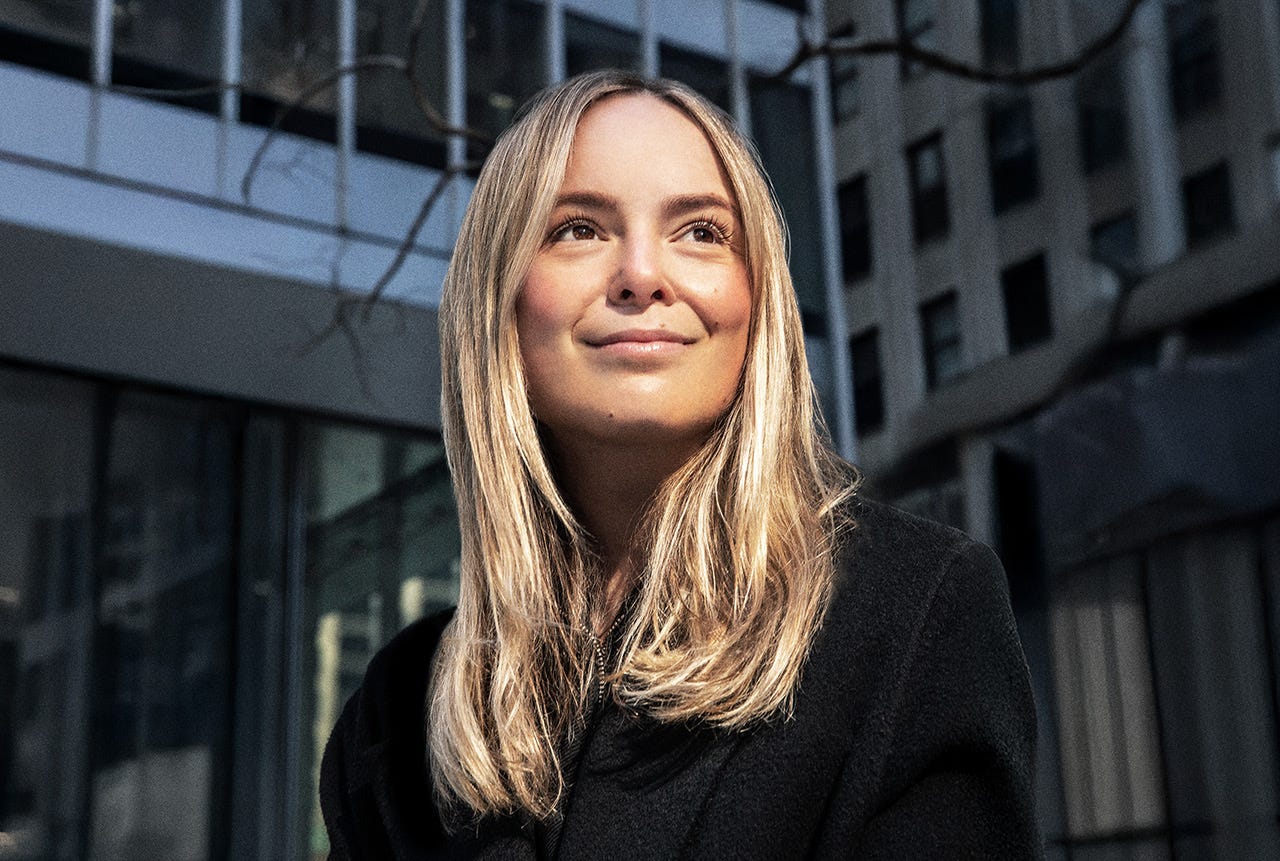A stablecoin horse race is heating up. Can startups keep on the inside track?
With Circle going public and fintech leaders lining up to issue their own stablecoins, startups like Noble are well-positioned for a rush – if they don't get trampled.

Stablecoins leave the barn
Jelena Djuric knows that unless you’re a crypto insider – a founder in the space, or maybe someone who has dabbled in Bitcoin or its memecoin cousin, Moo Deng – you might still be wondering: what’s the point?
“It’s been years with these bear and bull markets, but what are we actually building here?” Djuric, cofounder and CEO of a startup called Noble, asks Upstarts.
Her answer – one that looks surprisingly savvy in a suddenly volatile economic environment – is stablecoins. Often pegged to a fiat currency like the U.S. Dollar, a stablecoin has no speculative appeal. Unless something goes terribly wrong, one stablecoin tends to stay worth about one buck, making them a more consistent option for payments or collateral than cryptocurrencies that fluctuate.
Worth just a few billion five years ago, the stablecoin market is now valued at more than $230 billion. While Bitcoin and Ethereum prices have been hit by this week’s trade tariffs market backlash alongside the S&P 500, the quieter stablecoins corner of crypto has kept inching up.
At Upstarts, our first wakeup call to pay closer attention to stablecoins came in October, when we helped break the news in Forbes that fintech unicorn Stripe was acquiring Bridge, a two-year-old stablecoin infrastructure startup, for $1.1 billion. “Stripe is going to build the world’s best stablecoin infrastructure,” CEO Patrick Collison posted at the time. Stablecoins, he added, were “room-temperature superconductors for financial services.”
Circle, the company behind the world’s second-biggest stablecoin USDC (Tether is biggest), was the next canary in the crypto mine. In January, it acquired another issuer, Hashnote. When Circle filed to go public this week on the New York Stock Exchange, we got details on the acquisition via its regulatory filing: $99.8 million in cash and mostly Circle stock, plus another $50 million-plus in shares for employees if they stick around.
“Stablecoins are a bear-proof business,” says Djuric at Noble. She knows Circle well. After years working at several other crypto startups, Djuric cofounded Noble in January 2023 with fellow Canadian Stefan Coolican, its COO and CFO, and German engineer John Letey, its CTO; Circle became one of its first customers.
Noble got its start helping companies like Circle expand the distribution of their stablecoins across dozens of smaller blockchain projects it wouldn’t have the time to integrate on its own. For a bigger company like Circle, Noble could offer peace of mind that its stablecoin would be added to these newer blockchains securely and in regulatory compliance.
Djuric drew inspiration from Shopify, which unlocked online shopping for brick-and-mortar stores. “The stablecoin-centric platform doesn’t exist right now, and that’s what Noble is trying to become.”
With a team of just 12 employees distributed across North America and Europe, Noble currently supports five stablecoins, including Circle’s; customers have issued $570 million in stablecoin assets using its infrastructure, and processed $6.5 billion in total transactions.




